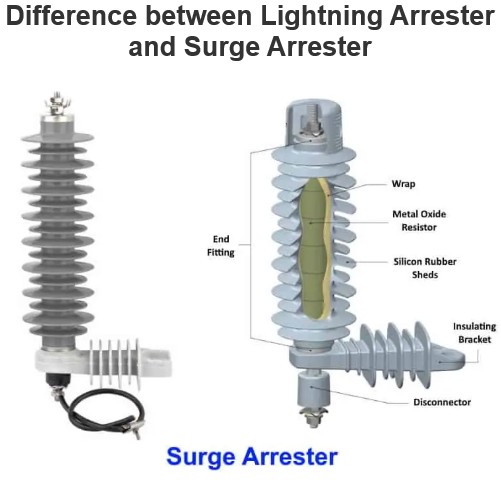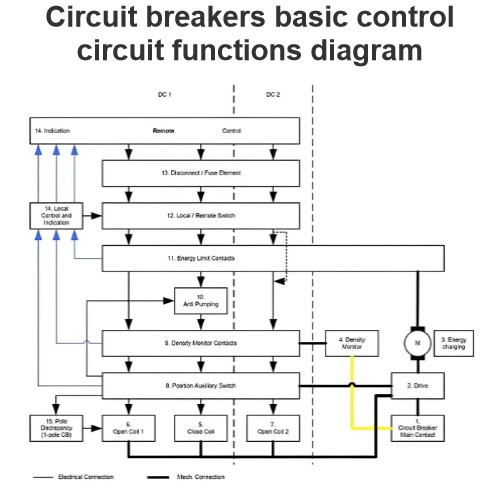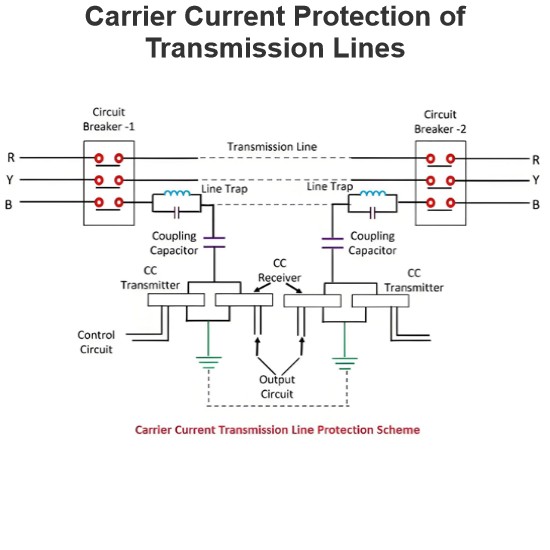What is Hall Effect Transducer?
Hall Effect Element: Definition and Principle
Definition
A Hall effect element is a specialized type of transducer designed to measure magnetic fields. Since direct measurement of a magnetic field is not straightforward, the Hall effect transducer serves as a valuable tool. It operates by converting the magnetic field into an electromotive force (emf), an electrical quantity that can be conveniently measured using both analogue and digital meters. This conversion allows for the quantification and analysis of magnetic field strength and characteristics in various applications.
Principle of the Hall Effect Transducer
The underlying principle of the Hall effect transducer is based on an intriguing physical phenomenon. When a current - carrying conductor strip is placed within a transverse magnetic field, an electromotive force (EMF) is induced across the edges of the conductor. The magnitude of the generated voltage is directly proportional to the density of the magnetic flux passing through the conductor. This unique property of conductors, where the presence of a magnetic field and an electric current interact to produce a measurable voltage, is known as the Hall effect.
Both metals and semiconductors exhibit the Hall effect, with the strength and behavior of this effect depending on the density and mobility of their electrons. To better understand this principle, consider the Hall effect element depicted in the figure below. In this setup, an electric current is supplied through leads 1 and 2, while the output voltage is measured across leads 3 and 4. When no magnetic field is applied to the conductor strip, leads 3 and 4 are at the same electrical potential.
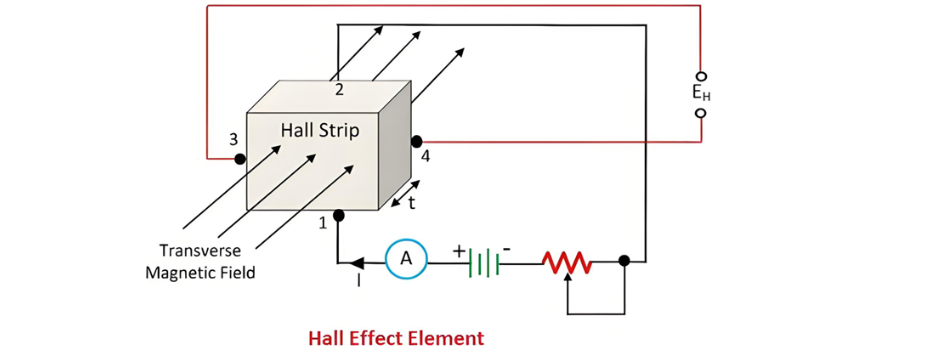
When a magnetic field is applied to the strip, an output voltage is generated across the output leads 3 and 4. This induced voltage is directly proportional to the strength of the magnetic field. Mathematically, the relationship can be described by the following formula for the output voltage VH:


The I is the current in ampere and the B is the flux densities in Wb/m2
Hall Effect Transducer: Measurement Capabilities and Applications
Measurement Capabilities
Both the current flowing through the conductor and the strength of the magnetic field can be determined by analyzing the output voltages of a Hall effect transducer. However, in conductors, the Hall effect - generated electromotive force (EMF) is typically quite small, posing a challenge for accurate measurement. In contrast, semiconductors such as germanium produce a relatively larger EMF. This larger signal can be easily measured using moving - coil instruments, making semiconductors more practical for many Hall effect - based measurement applications.
Applications of Hall Effect Transducers
The Hall effect transducer finds extensive use in various fields due to its unique ability to convert magnetic phenomena into electrical signals. Some of its key applications are as follows:
1. Magnetic to Electric Transduction
One of the primary applications of the Hall effect element is to convert magnetic flux into an electrical signal. To measure magnetic fields, a semiconductor material is placed within the magnetic field of interest. As a result, a voltage develops across the ends of the semiconductor strips. This voltage is directly proportional to the density of the magnetic field, allowing for the quantification of magnetic field strength.
Hall effect transducers offer several advantages. They require minimal space, making them suitable for compact designs. Additionally, they provide a continuous electrical signal that accurately reflects the strength of the magnetic field. However, they also have a notable limitation: high sensitivity to temperature variations. This sensitivity means that calibration is often necessary for each individual measurement scenario to ensure accurate and reliable results.
2. Displacement Measurement
Hall effect elements are also employed to measure the displacement of structural components. For instance, consider a ferromagnetic structure integrated with a permanent magnet.
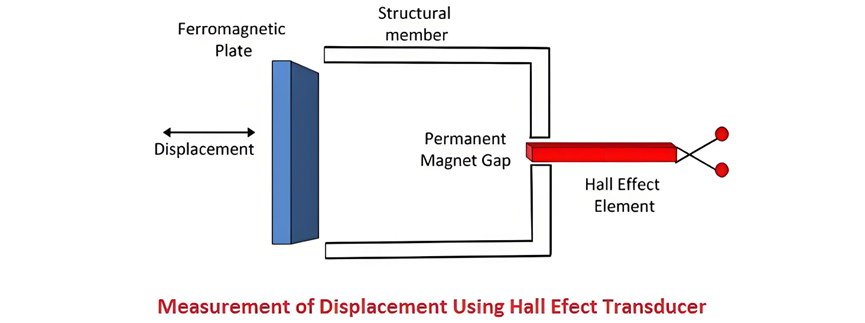
In displacement measurement applications, a Hall effect transducer is positioned between the poles of a permanent magnet. As the position of a ferromagnetic component within this magnetic field setup changes, it alters the magnetic field strength experienced by the Hall effect element. This change in magnetic field strength is then translated into a corresponding change in the output voltage of the transducer, allowing for the precise measurement of the displacement of the ferromagnetic structure. This non - invasive method provides a reliable way to monitor the movement of mechanical parts in various systems, such as in industrial machinery or robotic arms.
3. Current Measurement
The Hall effect transducer offers a highly convenient and safe method for measuring electrical current, as it enables current measurement without the need for any direct physical connection between the conductor circuit and the measuring meter. Whether it is alternating current (AC) or direct current (DC), when applied to a conductor, it generates a magnetic field around the conductor. The strength of this magnetic field is directly proportional to the magnitude of the applied current. This magnetic field, in turn, induces an electromotive force (emf) across the strips of the Hall effect transducer. The magnitude of this induced EMF is dependent on the strength of the magnetic field, which is related to the current flowing through the conductor. By measuring this induced EMF, the value of the current can be accurately determined, making Hall effect transducers ideal for current sensing in a wide range of electrical systems, from power distribution networks to electronic devices.
4. Power Measurement
Hall effect transducers are also utilized for measuring the power of an electrical conductor. When a current is passed through the conductor, it generates a magnetic field, with the intensity of the field directly correlating to the magnitude of the current. This magnetic field then induces a voltage across the strips of the Hall effect transducer. By using a multiplier circuit in conjunction with the transducer, the output voltage of the multiplier can be made proportional to the power dissipated in the conductor. This approach allows for the efficient and accurate measurement of electrical power in various applications, including in electrical power systems, where monitoring power consumption and flow is crucial for energy management and system optimization.
The Electricity Encyclopedia is dedicated to accelerating the dissemination and application of electricity knowledge and adding impetus to the development and innovation of the electricity industry.

